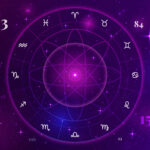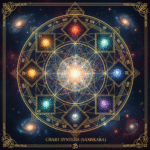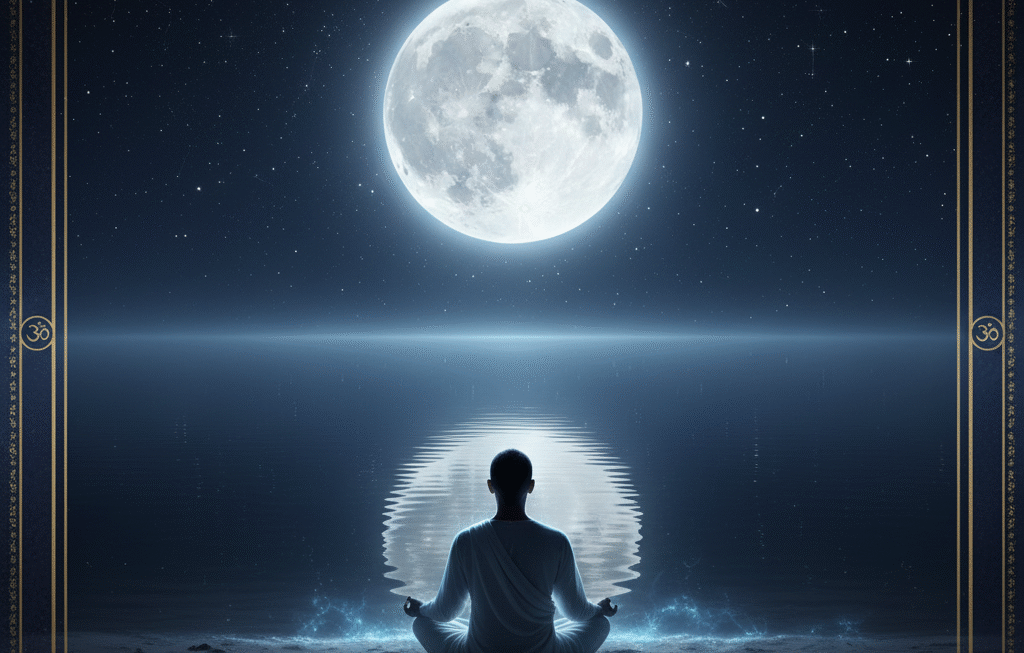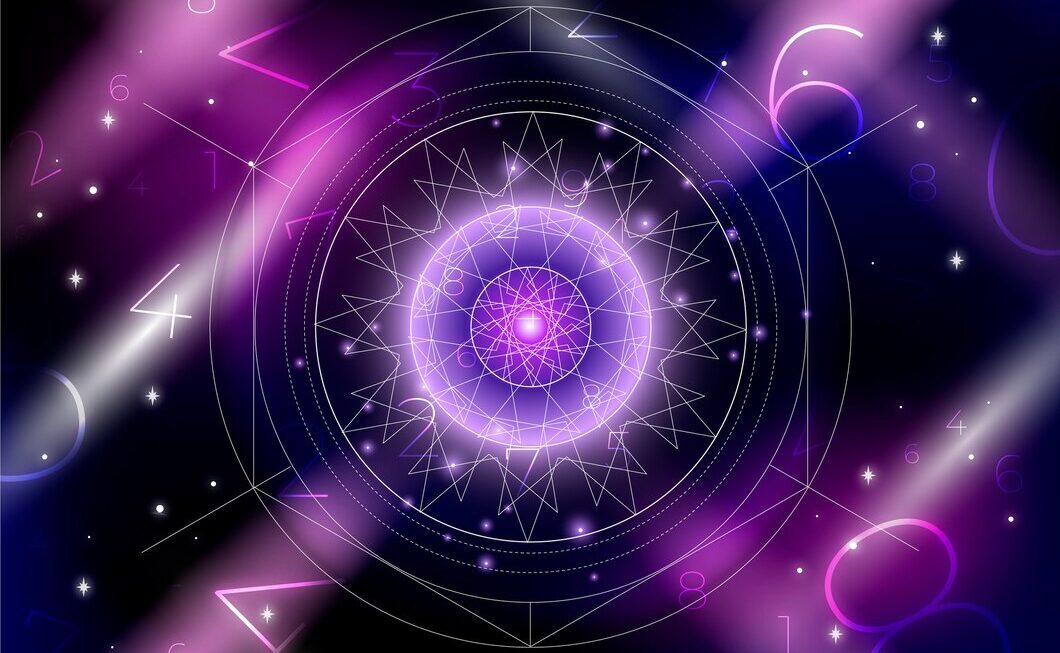Ever felt like your life changed overnight? Like the central theme of your existence suddenly pivoted? Perhaps one year was all about career growth, and the next, your focus irrevocably shifted to relationships or spirituality. You weren’t experiencing random luck or misfortune; you were likely entering a new Dasha.
Welcome to Vedic Astrology’s (Jyotish) master timing system: the Vimshottari Dasha. This 120-year cycle, governed by the nine planets, maps out the major “chapters” of your life. Each chapter, or Mahadasha (Great Period), can last anywhere from 6 to 20 years, bringing the primary energy and agenda of its ruling planet to the forefront.
But life is never a single, monolithic theme. A Mahadasha, while setting the stage, contains smaller, more dynamic cycles within it—like acts within a play. These are the Antardashas, or sub-periods.
The goal of this comprehensive guide is to demystify these powerful, shorter cycles. Understanding the antardasha is the key to unlocking the true, granular flavor of your destiny.
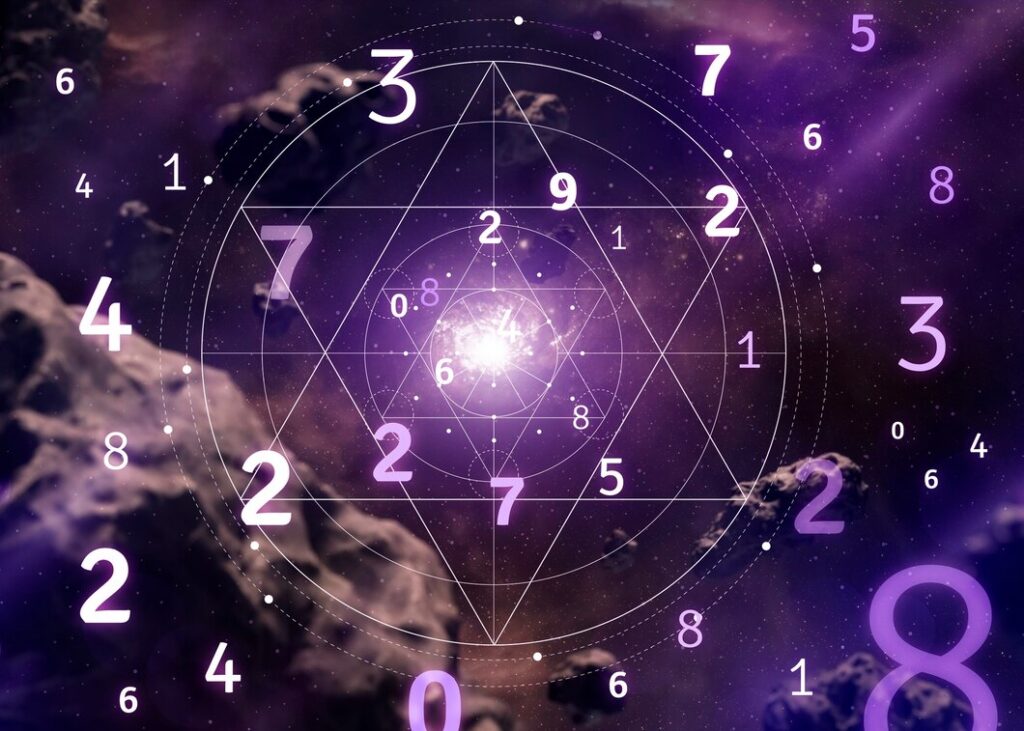
The Core of Prediction: Why the Antardasha is Everything
Opinion: The Bhukti is the True Indicator of Events
The 18-year Rahu Mahadasha sets the overall theme of ambition and obsession, but the actual events—the promotion, the marriage, the relocation, or the crisis—are almost always triggered by the antardasha (which is also called the Bhukti).
Reason: The Interaction of Planetary Energies
The reason for this lies in the complex interaction between the two ruling planets. The Mahadasha Lord (the primary planet) acts as the CEO, setting the company-wide strategy. The Antardasha Lord acts as the project manager, deciding how and when specific goals will be executed.
For instance, during a Venus Mahadasha (theme: relationships, luxury, art), the native might feel a general pull toward those areas for 20 years. However, when the Moon antardasha begins (Moon = emotions, mother, home), the focus might suddenly narrow to emotional needs within a relationship or renovating the home. The main theme of Venus is still present, but it is now being funneled through the emotional, maternal lens of the Moon.
Example: The Saturn-Mercury Dynamic
Imagine a person is in their 19-year Saturn Mahadasha (theme: structure, discipline, hard work).
- When the Saturn-Saturn Bhukti begins, the native faces the raw, unfiltered energy of Saturn: major responsibility, hard limits, and slow, grinding effort. They might feel overwhelmed by a long, difficult project.
- However, when the Saturn-Mercury sub-periods arrive (Mercury = communication, business, intellect), the overall theme of hard work and structure (Saturn) is now applied to intellectual pursuits or business. The native might dedicate themselves to writing a book, taking a new professional certification, or launching a side business. The change in focus is palpable and immediate.
Restatement: The Dynamic Duel of Timing
The antardasha provides the specific vehicle, the actionable context, and the narrow window in which the grand promise (or challenge) of the Mahadasha Lord actually manifests. Neglecting the bhukti periods is like reading only the title of a book and ignoring the chapters.
Decoding the Bhukti Periods: How Effects Change
Understanding the sub-dasha timing and effects is a three-dimensional exercise that requires looking beyond the nature of the individual planets.
1. The Nature of the Antardasha Lord (The “How”)
The inherent nature of the sub-period lord will color the experience:
| Antardasha Lord | General Theme Brought to the Forefront | Duration (Approximate) |
| Sun | Government, authority, health, ego, father | 6 months |
| Moon | Emotions, public, mother, home, mental peace | 10 months |
| Mars | Courage, aggression, siblings, property, competition | 11 months |
| Rahu | Obsession, foreign lands, technology, unconventionality | 18 months |
| Jupiter | Growth, fortune, wisdom, children, spirituality | 16 months |
| Saturn | Discipline, delays, responsibility, hard lessons, longevity | 19 months |
| Mercury | Business, communication, intellect, education, travel | 17 months |
| Ketu | Letting go, isolation, research, spirituality, sudden loss | 7 months |
| Venus | Relationships, luxury, vehicles, creativity, comfort | 20 months |
Case Study Example: Imagine a person in a benevolent Jupiter Mahadasha (overall theme: expansion and fortune). When the Ketu Bhukti arrives, they might experience a temporary withdrawal from worldly pursuits, a sudden desire to go on a spiritual retreat, or the dissolution of an existing structure (Ketu forces “letting go”) before the expansive growth of Jupiter can continue.
2. The Relationship Between the Lords (The “Harmonics”)
This is the most crucial layer of prediction. The Mahadasha and Antardasha Lords are constantly interacting. The results of the sub-periods depend heavily on their natural friendship or enmity:
- Friendly Relationship: If the two planets are natural friends (e.g., Sun and Jupiter), the antardasha will generally be productive, positive, and supportive of the Mahadasha’s agenda.
- Neutral Relationship: The results will be mixed, dependent largely on the house placement.
- Enemy Relationship: If the two planets are natural enemies (e.g., Sun and Saturn), the antardasha will often bring tension, conflict, or a struggle between the two opposing themes. The native may feel pulled in two different directions, and progress will be frustratingly slow.
3. House Placement and Ownership (The “Context”)
Ultimately, the results of the bhukti are delivered through the houses the two planets rule and occupy in the natal chart (D-1 chart).
- If the Mahadasha Lord rules the 10th House (Career) and the Antardasha Lord rules the 7th House (Partnership), the focus of the sub-period will be on career through partnership—perhaps a business collaboration, or a change in status because of a relationship.
- If the Antardasha Lord is placed in a difficult house (6th, 8th, or 12th), even a friendly Antardasha can bring challenging, transformative, or health-related events to the fore.
Conclusion: Becoming the Strategist of Your Own Life
The Mahadasha is the main script; the antardasha is the scene. The planetary timing system of Jyotish is one of the most powerful tools available for self-awareness and life planning. By understanding the bhukti periods, you move from a passive observer of fate to an active strategist.
Instead of being blindsided by a sudden desire to change your life, you can anticipate it. When your Mercury antardasha begins, you know it’s the perfect time to sign that contract, launch that website, or start that course. When the Ketu sub-dasha timing is upon you, you can consciously use that time for spiritual contemplation and necessary detachment, rather than fighting the urge to retreat.
The universe does not send random trials. It sends lessons, perfectly timed, through the celestial clockwork. Your power lies in reading the clock.
We invite you to share your own Dasha experiences! Which antardasha brought the most unexpected pivot in your life, and what were the main themes that emerged?



